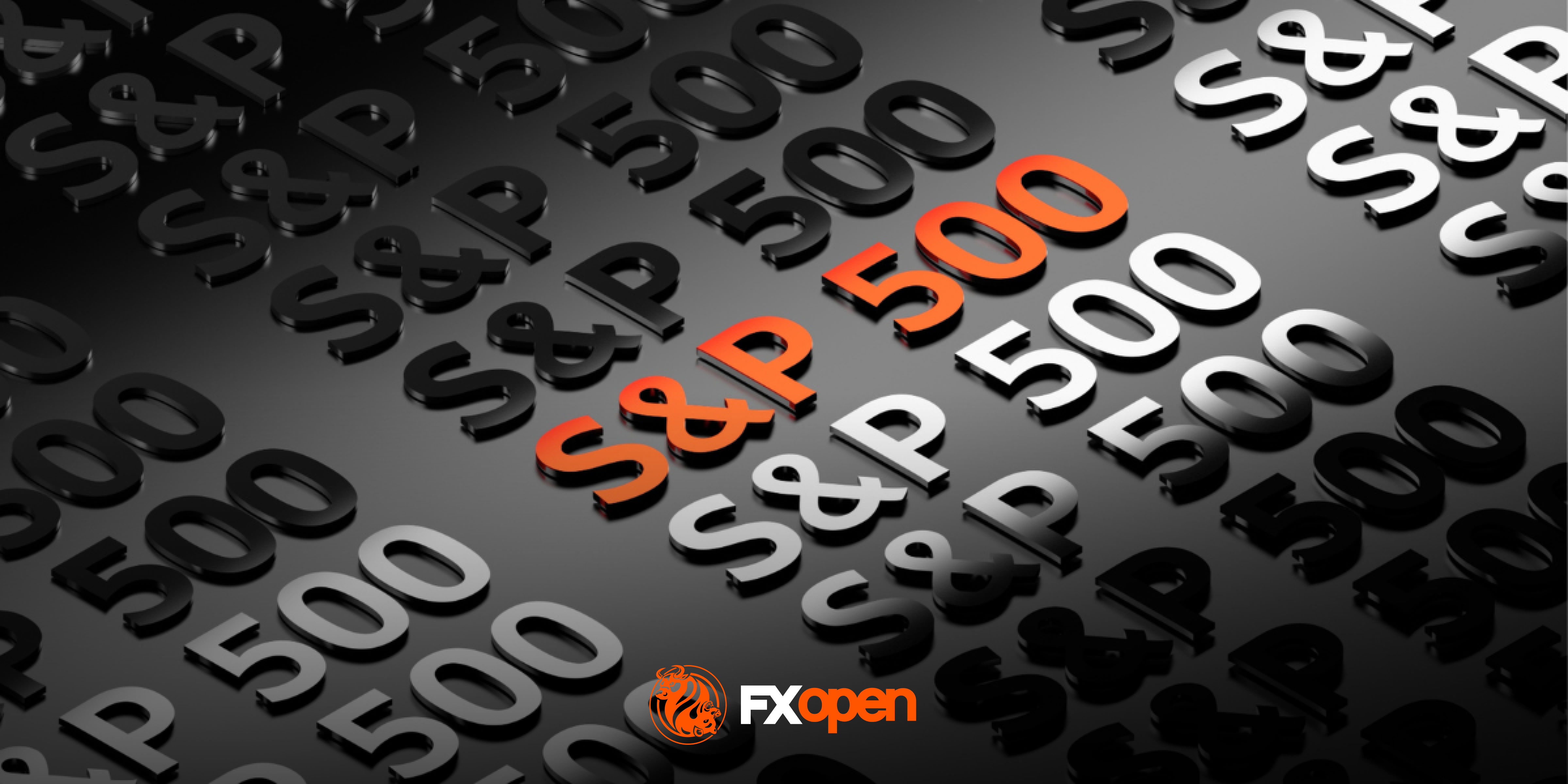FXOpen

Momentum trading is a highly-regarded trading strategy used to seize opportunities in trending markets. This article explores momentum trading and offers two comprehensive strategies for capitalising on rising and falling markets.
What Is a Momentum Trading Strategy?
Momentum trading is a technique where traders aim to capitalise on the inertia of existing market trends. The primary objective is to enter into a long position when an asset is showing an upward trend and to take a short position when the asset is trending downward. It's a strategy that thrives on volatility and requires a keen eye for market indicators.
Understanding Momentum Indicators
Momentum indicators are vital tools that help traders in gauging the strength and sustainability of an ongoing market trend. These indicators are often represented as oscillators on trading charts, fluctuating between designated upper and lower bounds.
Among the most commonly used are the Relative Strength Index (RSI), Moving Average Convergence Divergence (MACD), Stochastic Oscillator, and moving averages. These mathematical tools analyse price action and generate signals for potential entry or exit points. In momentum strategy trading, these indicators act as the 'eyes' for the trader, providing actionable insights into market dynamics.
You’ll find a whole host of momentum indicators, including the ones discussed in this article, on FXOpen’s free TickTrader platform. Head over there to get started in minutes.
RSI + MACD Strategy
The RSI + MACD Strategy combines two powerful momentum indicators to enhance the precision of trading entries and exits. The Relative Strength Index (RSI) typically oscillates between 0 and 100, providing insights into an asset's overbought or oversold conditions. The Moving Average Convergence Divergence (MACD) comprises two moving averages, generating signals based on their crossover points. In day trading, this momentum strategy can be particularly effective.
Entry
- A common entry point is when the RSI crosses above 30 (indicating potential reversal from an oversold condition) or crosses below 70 (suggesting the asset may be overbought) alongside the MACD signal line crossing the MACD line in the same direction, roughly at the same time.
Stop Losses
- Traders often place their stop-loss orders near a recent swing point. This allows for some volatility while protecting against significant losses should the trade move unfavourably.
Take Profits
- Profit-taking opportunities may arise when the RSI crosses back above 70 or below 30, signalling a potential end to the trend.
- Alternatively, traders often set their take-profit levels at established support or resistance lines on the chart.
While the RSI excels in identifying overbought or oversold conditions, the MACD pinpoints trend reversals through moving average crossovers. By combining these two indicators, traders can filter out noise, reduce the likelihood of false signals, and capitalise on sustained market movements.
Stochastic + HMA Crossover Strategy
The Stochastic + HMA Crossover Strategy employs the Stochastic Oscillator in tandem with two Hull Moving Averages (HMA) of differing periods—9 and 21—to identify trading opportunities.
The Stochastic Oscillator measures an asset's closing price relative to its high-low range, with levels above 80 considered overbought and below 20 as oversold. The HMA aims to capture price trends with reduced lag, making it responsive to market changes. This trading strategy offers frequent entries and exits. As such, it’s also an ideal momentum day trading strategy.
Entries
- Traders often enter a position when the Stochastic Oscillator crosses back below 80 or above 20. They then look for a crossover between the 9-period and 21-period HMA in the same direction within the next two candles, confirming the entry signal.
Stop Losses
- Much like the RSI + MACD strategy, stops are usually placed near a recent swing point to mitigate excessive losses.
Take Profits
- Profit levels can be set when the Stochastic Oscillator moves back into the opposing range (above 80 or below 20).
- Traders may consider holding the position a bit longer as the Stochastic Oscillator frequently fluctuates in these areas. A significant support/resistance level is suitable.
Here, the Stochastic Oscillator offers precise overbought and oversold levels, while the HMA's reduced lag helps traders identify and confirm trends more quickly. Together, these indicators offer a nuanced yet timely picture of market conditions.
Benefits and Drawbacks of Momentum Trading
Momentum trading is undoubtedly a popular style of trading. However, it comes with some key benefits and drawbacks:
Benefits
- Quick Returns: Momentum trading may yield quick returns due to its focus on short-term trends.
- Highly Liquid: Traders often deal with high-volume assets, ensuring easy entries and exits.
- Data-Driven: Utilises well-defined indicators, meaning it's less subjective than some other styles of trading. In algorithmic trading, momentum strategies are popular for this reason.
Drawbacks
- Volatility Risks: The focus on quick returns exposes traders to high volatility and potential losses.
- False Signals: Indicators can sometimes generate false signals, leading to poor trading decisions.
- Costs: High frequency of trading means higher transaction fees, which can eat into profits.
The Bottom Line
In essence, momentum trading strategies offer traders a structured approach to benefit from market trends. The strategies outlined here can serve as a solid foundation, giving traders space to refine them further based on their own experience and market observations. Moreover, they can be used as momentum stock and forex trading strategies. If you're ready to put them to the test, you can open an FXOpen account to start your trading journey across hundreds of markets. Good luck!
This article represents the opinion of the Companies operating under the FXOpen brand only. It is not to be construed as an offer, solicitation, or recommendation with respect to products and services provided by the Companies operating under the FXOpen brand, nor is it to be considered financial advice.
Stay ahead of the market!
Subscribe now to our mailing list and receive the latest market news and insights delivered directly to your inbox.








